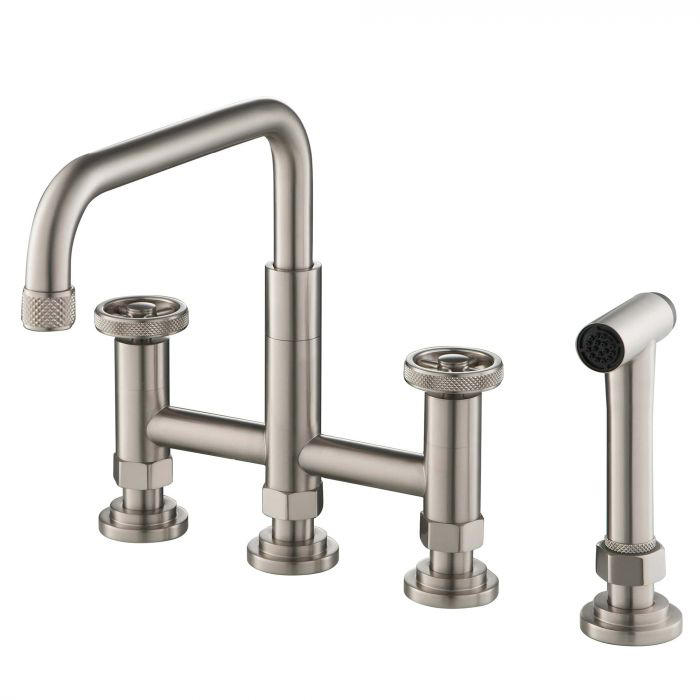We have been also specializing in improving the things administration and QC system to ensure that we could preserve terrific gain within the fiercely-competitive company for farmhouse apron kitchen sink,
Single Hole Bridge Faucet, Hot and Cold Water Wall Mounted Black Centerset Faucet, Basin Centerset Faucet, Wall Mounted Contemporary Pot Filler, Automatic Zinc handle Widespread Faucet, To significantly improve our service quality, our company imports a large number of foreign advanced devices. Welcome clients from home and abroad to call and inquire!, Zimbabwe, With a wide range, good quality, reasonable prices and stylish designs, our solutions are extensively used in beauty and other industries. Our solutions are widely recognized and trusted by users and can meet continuously changing economic and social needs. 【Convenience and Easy Use】: The pot filler faucet with 21 inch foldable swivel arm design; Double handle pot filling, smooth rotation, prevent dripping. Use for only cold water or only hot …
American Style cUPC Kitchen Farmhouse Single Bowl Rectangular Ceramic Farmhouse Apron Front Kitchen Sink
Advantage: The high arc faucet will give your kitchen a modern look. The additional height and curvature of the faucet provides an interesting visual design and can add drama to your kitchen design. To complement a contemporary designed kitchen, choose stainless steel, brushed nickel, or satin nickel. Disadvantage: There is more spray from a ...
We stock a comprehensive range of kitchen sink products, including stainless steel sinks , granite sinks , ceramic sinks , undermount sinks , inset sinks , single bowl sinks , double bowl sinks , corner sinks, and belfast, butler and farmhouse sinks.
Shower Curtain Rod, 60-89 inch Adjustable Tension Spring, Shower Curtain Rod Tension, Telescopic Curtain Pole Stainless Steel Extendable Clothes Rail Extendable Pole, No Drilling (60-89 inch) 32 AED9999 Save 5% with coupon Get it as soon as tomorrow, Nov 24 FREE Delivery on eligible first order
Improve your culinary experience with this handsome kitchen faucet. What's Included? Side Spray Drain Assembly/ Waste Features 【Pull Out Side Spayer】The bridge faucet comes with apowerful side sprayer in a coordinating finish with a retractable hose (19.69-27.56 inches), which makes cleaning up kitchen messes easy.
Single Handle Pull-Down Kitchen Faucet with ShieldSpray Technology List Price*:
Hoachily Curved Shower Curtain Rod, Adjustable 37-66 Inches Curved Shower Rod, Rustproof …
































